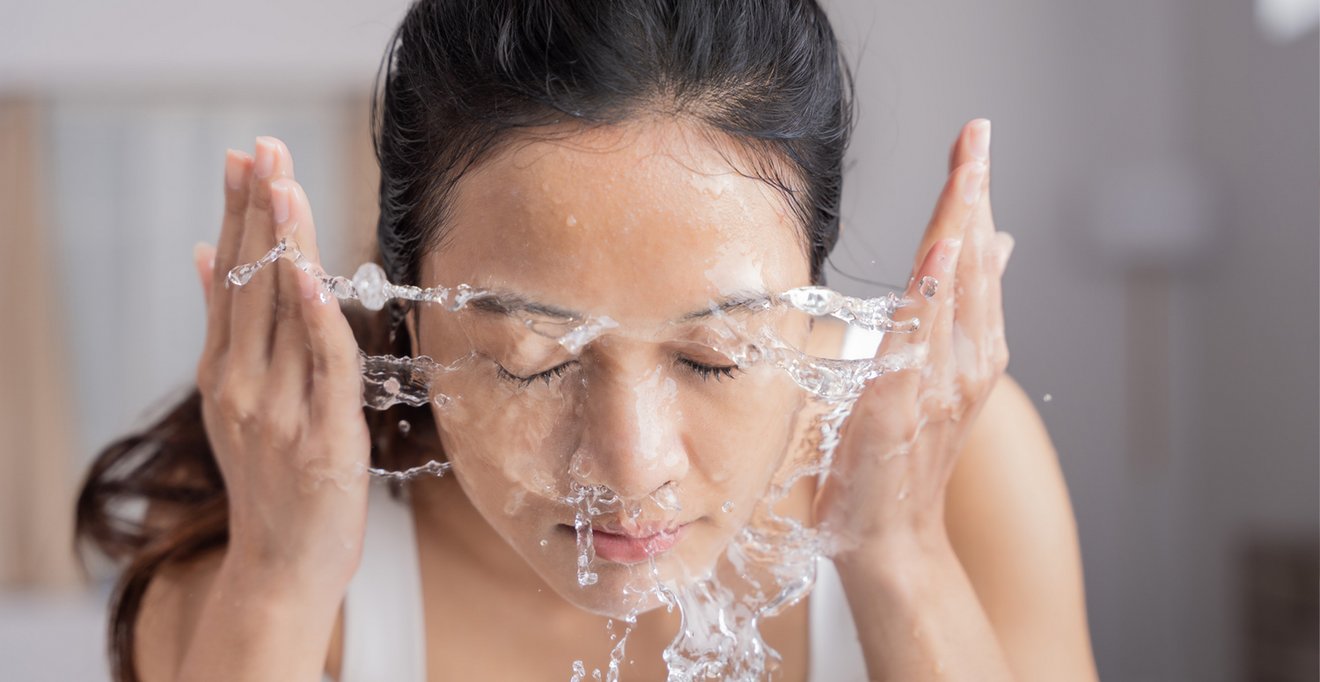Subject
- #Exfoliation
- #Skincare
- #Pores Management
- #Sebum-Softening Agent
- #Acne Prevention
Created: 2024-04-24
Created: 2024-04-24 16:00
Sebum-reducing agents are a familiar term for those interested in skincare. Sebum-reducing agents help soften the skin, prevent pore clogging, and are particularly useful for those with oily skin or acne. In this article, we will learn about the correct way to use sebum-reducing agents and their side effects.
Sebum-reducing agents are products that help regulate sebum production in the skin, soften pores, and exfoliate. These products are mainly used by people with oily skin or acne-prone skin types to refine skin texture and reduce pore clogging. Sebum-reducing agents come in various forms and can be included in a variety of product lines such as creams, lotions, serums, toners, and cleansing products.
Sebum-reducing agents help maintain the skin's moisture balance and control excessive sebum production, thereby preventing problems like acne and blackheads. They also open pores to prevent the accumulation of sebum and dead skin cells, promoting smooth sebum secretion.

Sebum-reducing agents are composed of various ingredients. Commonly used ingredients include salicylic acid, glycolic acid, lactic acid, benzoyl peroxide, and sulfur. These ingredients each provide different effects on the skin and have effects such as sebum control, exfoliation, and antibacterial action.
To use sebum-reducing agents correctly, carefully check the ingredients and usage instructions included in the product before use. The general usage method is as follows.
1. Cleansing: First, cleanse your face thoroughly to remove any impurities from the skin.
2. Applying Sebum-Reducing Agent: Dispense an appropriate amount onto your hand and gently apply it to your skin. Focus on the T-zone, where pores are prone to clogging, and areas where acne frequently occurs.
3. Moisturizing: After applying the sebum-reducing agent, your skin may become dry, so moisturize with a moisturizer or lotion to keep your skin hydrated.
4. Sunscreen Application: After using a sebum-reducing agent, your skin may become sensitive, so protect your skin by applying sunscreen.

Sebum-reducing agents have several positive effects on the skin. First, they help open pores, preventing the accumulation of sebum and dead skin cells, thereby reducing pore clogging, blackheads, and whiteheads. They also regulate sebum secretion, reducing oiliness in oily skin and preventing acne and skin troubles.
As a chemical exfoliant, sebum-reducing agents remove dead cells from the skin's surface, brighten skin tone, and help maintain a smooth skin texture. These effects contribute to keeping the skin healthy and vibrant with regular use.
While sebum-reducing agents offer various benefits, they can also have side effects. These side effects are mainly caused by excessive use or individual sensitivity to the ingredients, and the following side effects may occur.
When using sebum-reducing agents, it is important to carefully check the ingredients and usage instructions of the product and choose the appropriate product based on your skin type.
Comments0